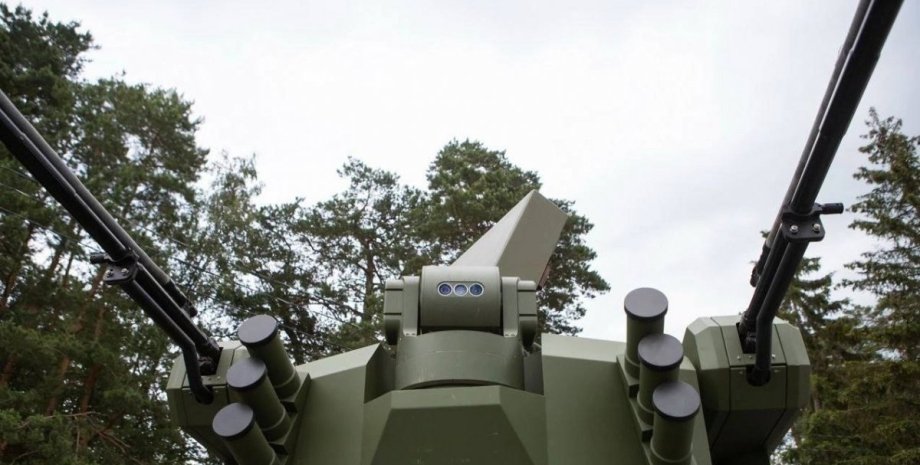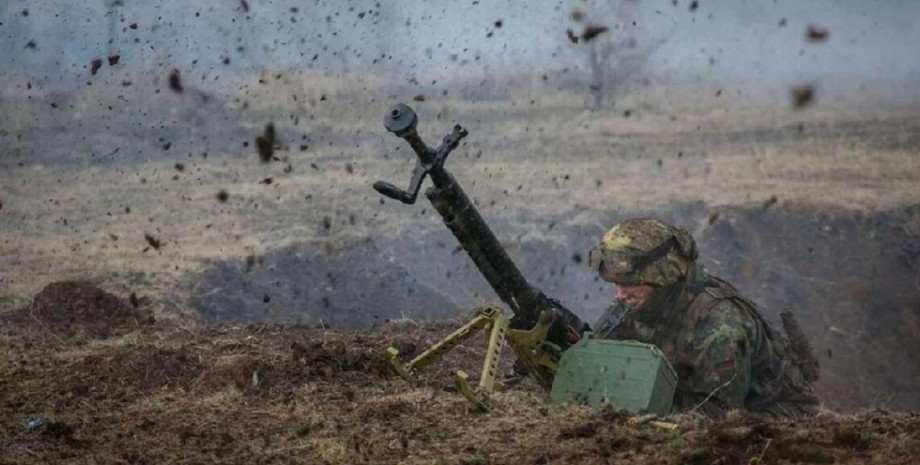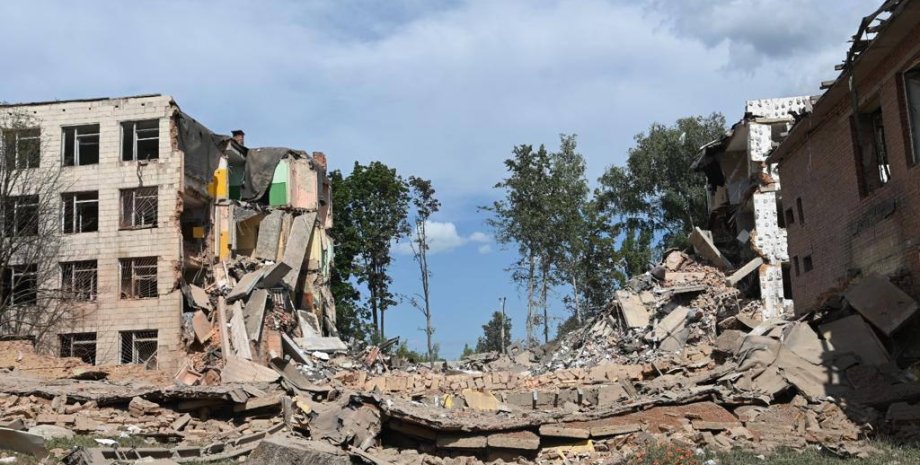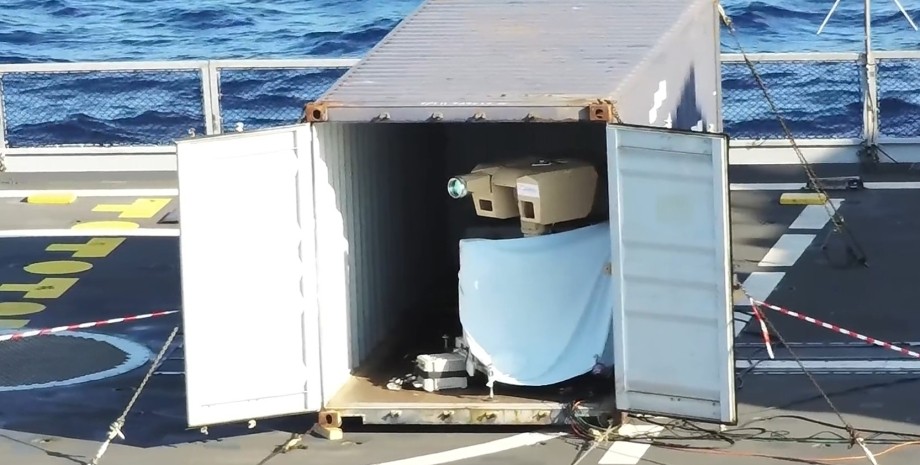
 By Eliza Popova
By Eliza Popova
Among them is The War Zone military columnist Thomas Newdick, who writes that if the stated characteristics of the weapon are confirmed, it will be another step in the evolution of cheap means of remote strikes designed to bypass anti-aircraft defenses and increase damage zones.
The author of the review notes that according to footage and materials from Ukrainian sources published on social networks, the debris indicates the presence of a small turbojet unit in part of the projectiles and a change in the aerodynamic scheme (two-wing profile and other wing modifications).
In Ukrainian sources, there are shots of damage in the Kharkiv and Sumy regions at distances exceeding the classic values for the missing engines of the UMPK modifications, which indirectly confirms the increase in the range of aerial bombs. Some Russian sources report the ability of KABs to attack targets at a range of up to 100 km, and if engines are installed, it increases to 200 km.
The flight speed of the ammunition is also impressive, which allegedly reaches approximately 1000 km/h - when launched at a lower altitude and lower speed, the range decreases accordingly. According to Newdick, these estimates require careful interpretation, but even a partial approach to them significantly exceeds the capabilities of the basic UMPK.
"Otherwise, the basic UMPK-PD model is also equipped with modernized tail stabilizers, a guidance and control unit, and a power source, which are bolted to a standard free-falling bomb," the reviewer notes. It is noteworthy that Russian Telegram channels mention the UMPK-PD based on the Soviet bomb FAB-500, which was assigned the designation "T".
Here, we are probably talking about heat-resistant ammunition, since it was created taking into account the resistance to heating in flight at the cruising speed of the carrier of such bombs - the MiG-25RB at a speed of 2500 km/h. "It is unclear how many FAB-500Ts remain in Russian arsenals, but it is likely that other bombs in the FAB series could also be adapted for use with the UMPK-PD," Newdick notes.
Gliding bombs from UMPK have been a difficult target for air defense from the very beginning: small dimensions, high speed and weak heat signature make detection and interception difficult. Also, switching to a powered version increases their combat range, allowing them to strike from areas further from the front line. Additional complexity is created by improved control modules that increase resistance to EW and the accuracy of hits in general.
In general, Newdick concluded, Russia has a limited arsenal of high-precision remote strike aircraft munitions, so the appearance of anti-aircraft missile defense systems with UMPK-PD is of great importance. But according to the director of the Moscow Center for the Analysis of Strategies and Technologies, Ruslan Pukhov, UMPK-PD, although "excellent, but probably a temporary solution.
" "As a result, a whole series of weapons appear, which enable the Russian Aerospace Forces to strike deeper in some areas, as well as to carry out safer deliveries of weapons in others," he concluded. It will be recalled that on October 20, the deputy head of the Main Directorate of Intelligence, Vadym Skibitsky, said that Russia has developed several variants of aircraft bombs with a jet engine and has begun their experimental combat use.










All rights reserved IN-Ukraine.info - 2022